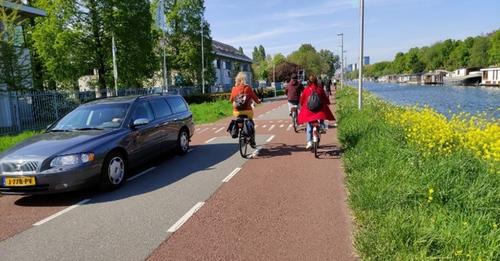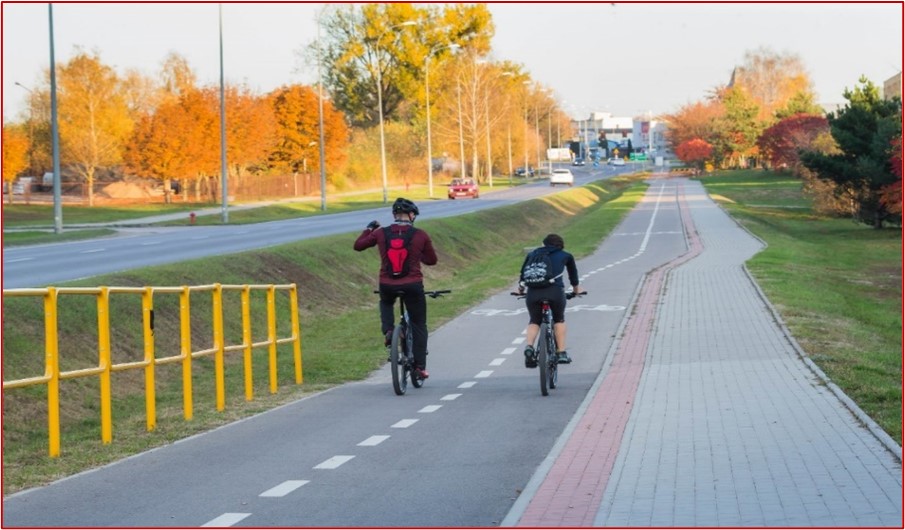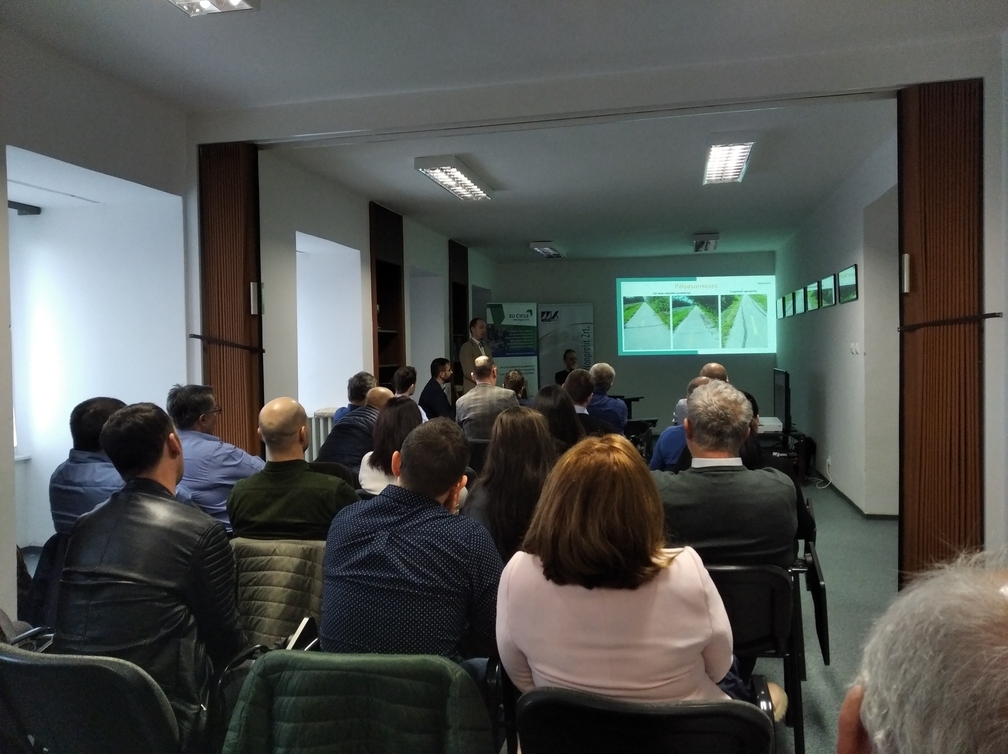The geometry of cycling infrastructure is a critical aspect of its safety and comfort. Bicycles need to maintain a certain speed to keep their balance. They travel in curves and cannot change direction at straight angles. Sharp turns make it difficult for cyclists to stay on track or maintain stability, and difficult for other road users to predict the bicycle trajectory. This can lead to falls, “run-off-the-road” accidents and collisions between cyclists, other vehicles or pedestrians. Unsuitable geometry can also exclude some user groups, in particular those who need dedicated cycling infrastructure the most, such as elderly cyclists and parents with children.
The focus of the new publication ‘’Geometric design parameters for cycling infrastructure’’ is to collect data from various European countries and provide an analysis of the different standards and guidelines.











